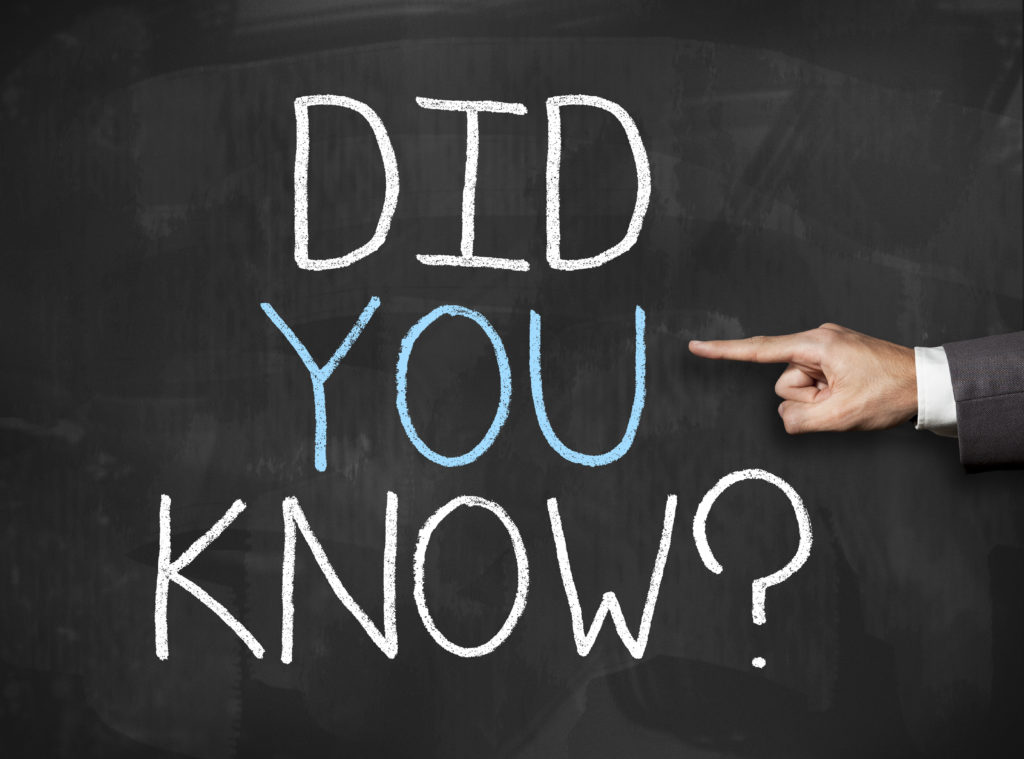-
Please Remember: Members are only permitted to share their own experiences. Members are not qualified to give medical advice. Additionally, everyone manages their health differently. Please be respectful of other people's opinions about their own diabetes management.
You are using an out of date browser. It may not display this or other websites correctly.
You should upgrade or use an alternative browser.
You should upgrade or use an alternative browser.
Tip for cooking rice, pasta and potatoes
- Thread starter Dwermer
- Start date
Leadinglights
Well-Known Member
- Relationship to Diabetes
- Type 2
- Pronouns
- She/Her
This topic is one of those proverbial 'hot potatoes' There has been various bit of research but as everybody's reaction to carbs can vary there is no blanket answer. For some people it makes a tiny difference for others none at all.I came across this little tip about eating potatoes, rice and pasta
I can reduce the sugar level of potaties, rice and pasta if I cook it first, then reheat...
Has anyone tested this?
thanks
For many who are Type 2 they will avoid those high carb foods anyway.
You would only know if it makes a difference to you by testing your blood glucose before and 2 hours after eating.
Many are finding substitutes for those foods which are lower carb anyway, butternut squash, swede, celeriac, cauliflower rice, edamame bean or black bean pasta or spiralized courgette or courgette slices.
If you put in the search box for reheated rice there is a discussion thread on that topic.
Docb
Moderator
- Relationship to Diabetes
- Type 2
It's one of those old chestnuts that comes up periodically on the forum. If cooking, cooling and reheating has any effect it can only be small and will not be reproducible. Also, if there was any value in it, then that would have been established long ago and we would all be doing it as a matter of routine and we are not.
pjgtech
Well-Known Member
- Relationship to Diabetes
- Type 2
ISTR that I read this somewhere in the past, not sure how much difference it actually makes though?
I also read somewhere that freezing has a similar effect, eg: it either reduces the amount of carbs or affects the way the body deals with carbs? But I think that this method also had only a tiny effect, so not really an effective method to reduce carbs.
For most T2's the basic idea is to reduce the carbs we are eating, so best to try to just eat less potato, rice, pasta, bread, etc, rather than trying alternative methods of cooking, storing or eating the same amount of carbs.
Or find alternatives, eg: for rice I use cauliflower rice and it works fine.
Generally I tend not to eat potato, rice, pasta or bread, or very, very little, as I have now gotten used to not having them.
I do think that one of the keys to going low carb is to wean yourself off of the "bad" foods, and after a few weeks, you really can stop craving them, at least thats what worked for me. Obviously everyone is different, so....
I also read somewhere that freezing has a similar effect, eg: it either reduces the amount of carbs or affects the way the body deals with carbs? But I think that this method also had only a tiny effect, so not really an effective method to reduce carbs.
For most T2's the basic idea is to reduce the carbs we are eating, so best to try to just eat less potato, rice, pasta, bread, etc, rather than trying alternative methods of cooking, storing or eating the same amount of carbs.
Or find alternatives, eg: for rice I use cauliflower rice and it works fine.
Generally I tend not to eat potato, rice, pasta or bread, or very, very little, as I have now gotten used to not having them.
I do think that one of the keys to going low carb is to wean yourself off of the "bad" foods, and after a few weeks, you really can stop craving them, at least thats what worked for me. Obviously everyone is different, so....
rebrascora
Well-Known Member
- Relationship to Diabetes
- Type 1
- Pronouns
- She/Her
It has a slight benefit for some people but not for others. It doesn't make a difference to me. It comes down to how efficient your gut biome is at breaking down carbs. I have the same problem with pulses in that a lot of the supposedly indigestible fibre in peas and beans and lentils still releases it's glucose when I eat them. Even if you do see a benefit in this technique, you still need to reduce portion size to see any notable improvement in BG levels.
There are unfortunately no silver bullets with diabetes management.
There are unfortunately no silver bullets with diabetes management.
saffron15
Well-Known Member
- Relationship to Diabetes
- Type 2
- Pronouns
- She/Her
I think I've seen it mentioned in relation to new potatoes but I have a few hot. With rice and pasta it turns to resistant starch. I don't know if it has to be reheated, prediabetes I would sometimes have pasta salad. I have bought pasta and rice alternatives. I suggest you have a small portion and use a BG meter.
Last edited:
Martin.A
Well-Known Member
- Relationship to Diabetes
- In remission from Type 2
This is about increasing the amount of 'resistant starch', which isn't digested. This explains it:-I came across this little tip about eating potatoes, rice and pasta
I can reduce the sugar level of potaties, rice and pasta if I cook it first, then reheat...
Has anyone tested this?
thanks

What is Resistant Starch? - The Johns Hopkins Patient Guide to Diabetes
 hopkinsdiabetesinfo.org
hopkinsdiabetesinfo.org
Martin.A
Well-Known Member
- Relationship to Diabetes
- In remission from Type 2
Sort of. I tracked down this extract from an article on the sciencealert website from 2014:-Has anyone tested this?
Chris van Tulleken from Trust Me, I'm a Doctor and the University College London got some volunteers to take part in an experiment. For three full days, spread out over several weeks, they had to eat freshly cooked, cold, and reheated pasta with tomatoes and garlic, and always on an empty stomach. On each of these days, they gave a blood sample every 15 minutes for two hours as they digested their pasta meals, so van Tulleken and his team could monitor and compare the growth of their blood glucose levels.
"Just as expected, eating cold pasta led to a smaller spike in blood glucose and insulin than eating freshly boiled pasta had. But then we found something that we really didn't expect - cooking, cooling and then reheating the pasta had an even more dramatic effect. Or, to be precise, an even smaller effect on blood glucose. In fact, it reduced the rise in blood glucose by 50 percent. This certainly suggests that reheating the pasta made it into an even more 'resistant starch'. It's an extraordinary result and one never measured before."
Last edited:
